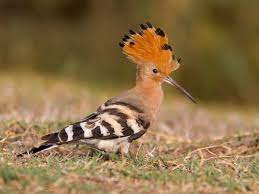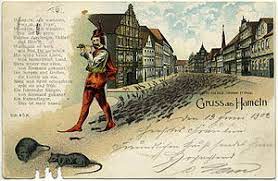There are many awe-inspiring statues of Christ across the world, and Christmas week would surely be an appropriate time to talk about some of them.
Jesus is portrayed in sculpture in specific ways: the first and most common way is Christ on the cross, or the crucifix. Another popular form is Christ on the judgement seat, presiding over the Last Judgement. This is a common depiction in churches built in the Middle Ages. Sculptures of Mary with baby Jesus in her arms are found across the world. Arguably the most famous sculpture of Jesus is the Pieta of Michelangelo—Pieta being the depiction of the dead Jesus in the arms of his mother. Pietas are also often seen in various churches.
There are many modern Christ statues which are put up not in churches, but on top of mountains or in outdoor spaces, which are huge and have become iconic of their locations. The most famous of these is of course the statue of Christ the Redeemer in Rio de Janeiro, Brazil. Done in the Art Deco style, it took nine years to complete. The French-Polish sculptor Paul Landowski made it with the help of several renowned engineers out of reinforced concrete and sandstone. It stands 30 metres in height, on an 8-metre pedestal, excluding its 8-metre. The arms stretch out 28 metres wide.
But there are many other interesting ones as well. For instance, the Heart of Jesus in Harghita, Romania, is a metal structure which looks like something out of science fiction. Made of stainless steel, it was completed in 2011, and stands at about 23 meters. Visitors can go up a series of metal staircases to stand inside the head of the statue and look out at the amazing landscape from that height.
In terms of location, a unique Christ statue is Christ of the Abyss in Portofino, Italy. This is an underwater statue off the Italian Riviera, and is submerged over 15 metres deep. It was created in 1954, and was commissioned to commemorate Dario Gonzatti , the first diver to ever use scuba diving gear. One has to dive or snorkel to see this statue of course!
Two famous Christ statues were created to give the message of peace. The first is the statue of Christ the King, put up in Portugal. It was built in the 1950s to give thanks for Portugal being saved from the destruction of World War II. The other is the statue called Christ the Redeemer of the Andes, which straddles the border between Chile and Argentina. It was built in 1904 to mark the resolution of a border dispute between the two nations—a dispute which almost resulted in war.

Equally interesting is a statue I saw at the St. Joseph’s Church in Mandya, on my recent drive from Bangalore to Mysore. Not of Christ but of his father, St. Joseph. This is the depiction of Joseph in sleep on his side, called the Reclining Joseph. The symbolism is that God appeared to Joseph when he was asleep, to tell him to accept and protect Mary, who was carrying the Son of God, which of course Joseph did.
Apparently fairly common in many parts of the world, this depiction is said to be a favourite of Jorge Mario Bergoglio, the current Pope Francis, who is supposed to write down prayers and wishes and leave them under the statue of the Reclining Joseph, so that he may sleep over the problems and solve them!
So here is wishing everyone a Merry Christmas, with some divine interventions to solve the problems of the world today!
–-Meena







